It was as it were – in some respects an alternating island. Even when it is not ‘an island’ – in the times of this website – it has always been somewhat remote – and in many ways even with the modern roads of 2020 which in most cases are still very primitive – it is – except for walkers and day visitors – still a relatively unfrequented place in terms of it’s summit, and of the hills and area around there. But in the past – records show that there would be severe flooding in the winters in the lower land parts – which could make traversing by horse and cart quite impossible in regards to the mud and the water – if they wanted to reach other areas– or visit the nearby town of Poole. It is though, in fact, a peninsula ~ but in this romantic way ~ has always been referred to as an island.
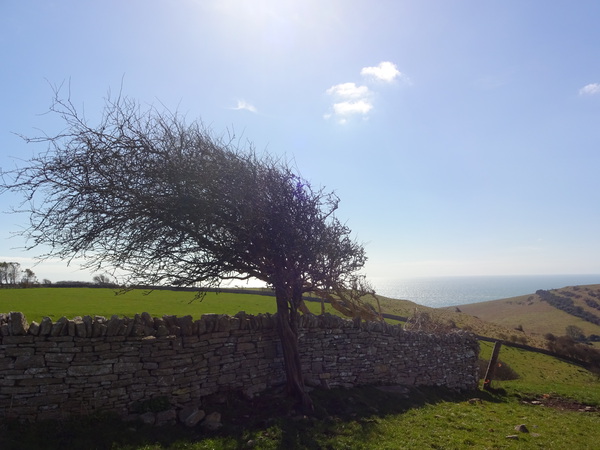
In the picture to the right – there is some obvious evidence of the prevailing wind.
This particular tree that has grown up against the dry stone wall – and points the direction in which the wind is blowing – and to some extent a wind guided by the shape of the hills perhaps – but nevertheless that of a wind for the best part that blows in from the West.
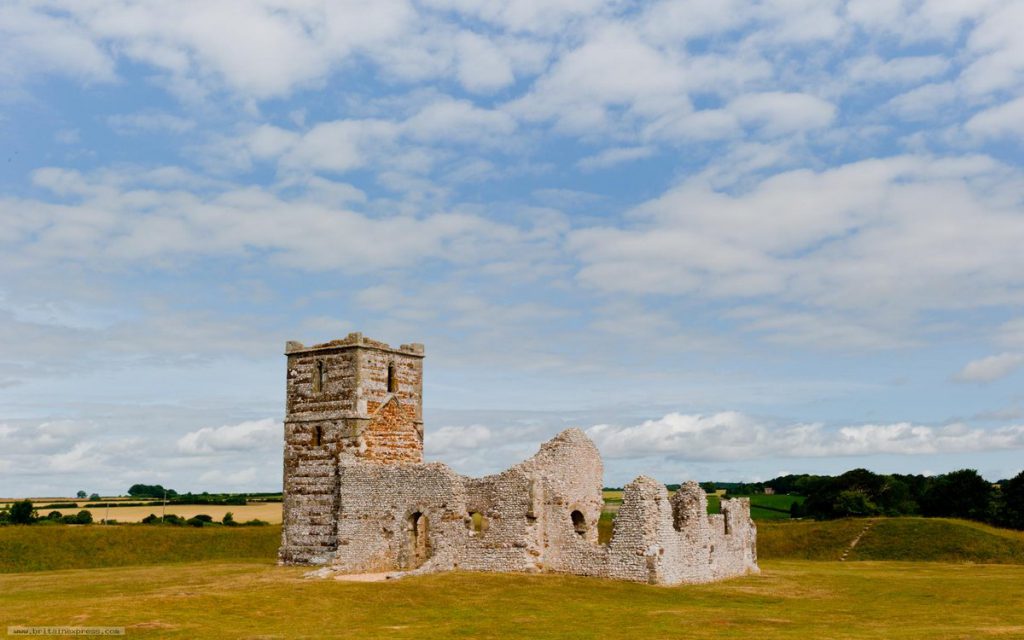
Pictures around Dorset
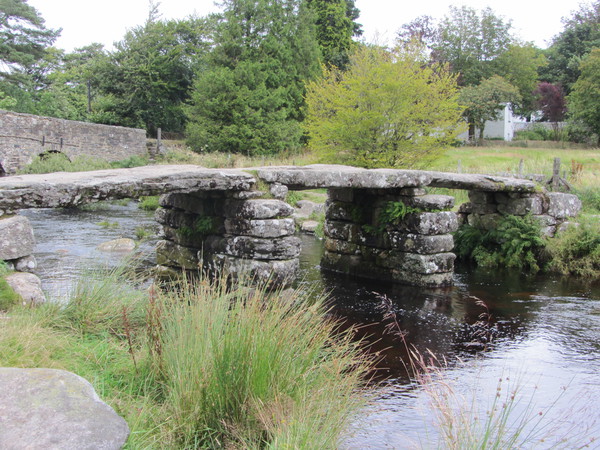
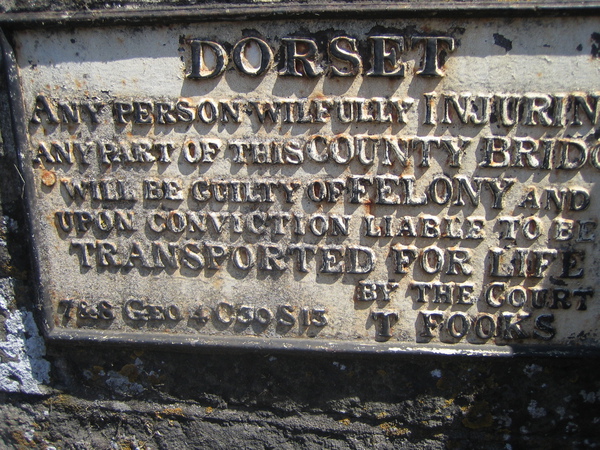
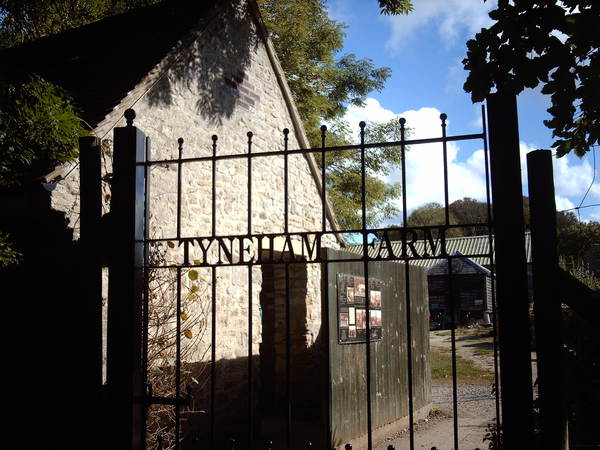
Remains of a stone built church on the left of the photo gallery, not all that far from The Purbeck Isle, with a quite amazing history, and to which I shall write about elsewhere. Immediately to the right of the church ruins – we can see a well preserved existing example of a small stone bridge for pedestrians – though this photo was in fact actually taken in Devon where the US also did much of their training in preparation for D-Day. Devon is the adjoining county to the West of Dorset, and which also runs along the South Coast facing The English Channel. The coastlines of these counties – have very many inlets and bays – all the way along their coasts. And inland in Dorset, on what was in fact a much larger stone bridge for horses and carts of the past (though the bridge itself is not portrayed here) – is a bridge that is now used for modern two-way traffic in the present – and one can see ‘this law cast in iron, on the iron plate on that bridge’ – and which of course has been preserved from times past:
‘Any person willfully injuring any part of this COUNTY BRIDGE will be guilty of FELONY and upon conviction liable to be TRANSPORTED FOR LIFE’
On the far right of the gallery – one can see a wrought iron gate in front of some of the buildings of Tyneham Farm, not all that far along from the preserved remains of the lost village of Tyneham itself – which is of course relatively close the Isle of Purbeck.
There are many quarries around The Purbecks ~ quarrying stone – a version of which is the fossiliferous limestone known as Purbeck Marble, with seams which stretch across wide areas of the Purbecks.
Purbeck stone and its variants such Purbeck Marble has been used in St Paul’s Cathedral, the National Gallery, the British Museum, Westminster Abbey, Salisbury Cathedral and Liverpool Cathedral.
And this stone is recorded as being quarried and used as far back as in the Roman times of occupation.
© 2020